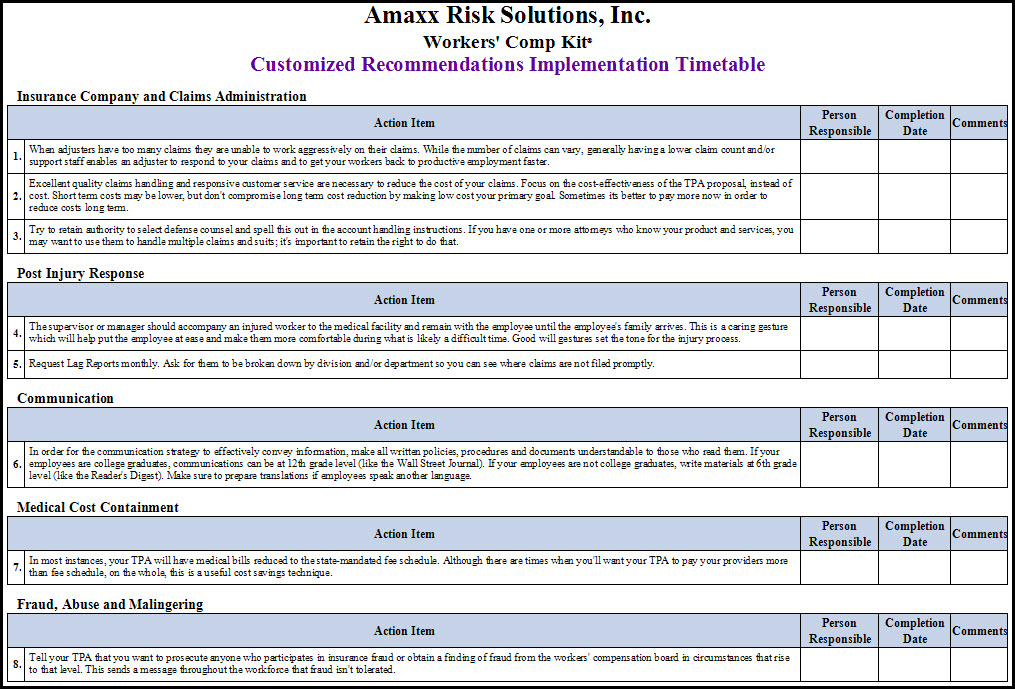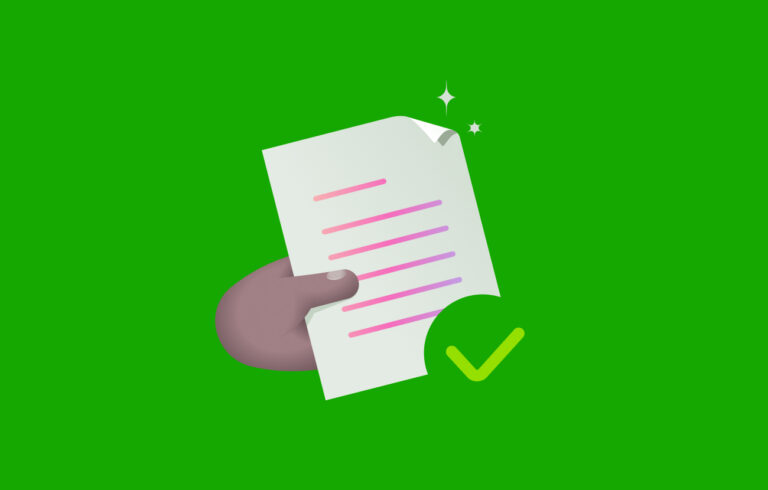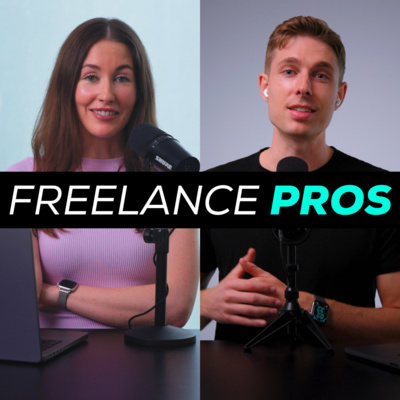Book Appointment Now

Customizing Proposals: 5 Key Strategies for Success
Customizing proposals is crucial for effectively meeting client needs and increasing conversion rates. Tailored proposals demonstrate understanding and enhance engagement.
Creating customized proposals can significantly impact your business success. Clients appreciate when you address their specific concerns and goals. A generic proposal often fails to resonate, leading to missed opportunities. By personalizing your approach, you show clients that you value their unique situation.
This practice not only boosts your credibility but also fosters trust. Start by researching your client’s background and pain points. Use this information to tailor your messaging and solutions. Implementing these strategies can elevate your proposals, making them more compelling and relevant. Ultimately, personalized proposals can set you apart in a competitive marketplace.

The Importance Of Tailored Proposals
Customizing proposals makes a significant difference in how clients respond. Tailored proposals show clients you understand their needs. This approach builds trust and increases engagement.
Why One-size-fits-all Doesn’t Work
A generic proposal fails to connect. Here are key reasons:
- Relevance: Clients want solutions for their specific problems.
- Personalization: A tailored approach feels more personal.
- Competition: Unique proposals stand out from competitors.
- Perception: Custom proposals reflect professionalism and effort.
The Impact On Conversion Rates
Tailored proposals can dramatically improve conversion rates. Consider the following statistics:
| Type of Proposal | Conversion Rate |
|---|---|
| Generic Proposal | 10% |
| Tailored Proposal | 30% |
Clients feel valued with a customized approach. Higher engagement leads to more sales.
Key strategies to enhance your proposals:
- Research your client’s industry.
- Address their unique challenges.
- Use their language and terms.
- Showcase relevant case studies.
By tailoring your proposals, you foster strong relationships. This approach not only drives sales but also boosts client loyalty.
Know Your Audience
Understanding your audience is crucial for crafting effective proposals. Tailoring content to their needs fosters stronger connections and increases engagement. This approach not only enhances clarity but also demonstrates your commitment to addressing their specific challenges.
Understanding your audience is vital for proposal success. Tailoring your message grabs attention. It shows you care about their needs. A customized proposal feels personal. This connection builds trust and credibility.
Researching Client Needs
Research is key to knowing your clients. Use these strategies:
- Read client websites and social media.
- Check reviews and testimonials.
- Identify industry trends.
- Ask direct questions during meetings.
Gather information on:
| Aspect | Importance |
|---|---|
| Budget | Aligns your proposal with financial expectations. |
| Goals | Helps you propose relevant solutions. |
| Challenges | Positions you as a problem solver. |
Use this knowledge to craft a proposal that resonates.
Leveraging Customer Data
Customer data offers valuable insights. Analyze past interactions for patterns. Look at:
- Previous purchases
- Engagement rates
- Feedback scores
Use this data to:
- Identify preferences.
- Highlight relevant case studies.
- Suggest tailored solutions.
Personalizing proposals with data increases success rates. Clients appreciate a proposal that speaks directly to them.
Highlighting Unique Solutions
Customizing proposals is crucial. It shows clients you understand their needs. Highlighting unique solutions makes your proposal stand out. Clients see you as a partner, not just a vendor.
Identifying Client Pain Points
Understanding client pain points is essential. These are the challenges they face. Here’s how to identify them:
- Conduct interviews to gather insights.
- Send surveys to collect feedback.
- Analyze competitor offerings for gaps.
- Review client history for recurring issues.
List the top pain points clearly. This shows you care about their problems. It builds trust and credibility.
Showcasing Custom Solutions
Once you know the pain points, it’s time to present solutions. Your solutions should be tailored specifically to their needs. Use the following strategies:
- Link solutions directly to identified pain points.
- Use clear and simple language.
- Include visuals to illustrate solutions.
- Provide case studies or examples.
Tables can help summarize information. Here’s a simple table format:
| Pain Point | Custom Solution |
|---|---|
| High operational costs | Implement automated processes |
| Poor customer engagement | Develop a tailored communication strategy |
| Low sales conversion | Enhance product training for sales teams |
Ensure your solutions are actionable. Clients appreciate clear steps and expected outcomes. This approach shows you are solution-oriented.

The Art Of Persuasive Writing
Persuasive writing is crucial in customizing proposals. It helps grab attention and convince clients. A well-crafted proposal can win business. Understanding how to write persuasively is essential.
Crafting Compelling Narratives
Stories engage and captivate readers. They make your proposal memorable. Use narratives to explain your ideas clearly.
- Start with a hook: Begin with an interesting fact or question.
- Use real examples: Share success stories from past projects.
- Show benefits: Explain how your solution solves a problem.
Creating a strong narrative involves:
- Identifying your audience’s needs.
- Building a relatable character in your story.
- Highlighting the journey and outcomes.
Strong narratives can lead to better engagement. They keep the reader invested in your proposal.
Using Persuasive Language Effectively
Choosing the right words matters in persuasive writing. Use language that resonates with your audience. Here are some tips:
| Tip | Description |
|---|---|
| Be clear: | Use simple words. Avoid jargon and complex phrases. |
| Be direct: | Address the reader with “you” to create connection. |
| Use action verbs: | Encourage action with strong, active language. |
Strong persuasive language influences decisions. It creates urgency and motivates action. Use words that inspire confidence. Every word counts in making your proposal stand out.
Leveraging Visuals For Greater Impact
Visuals enhance proposals. They make ideas clearer and more engaging. Customizing visuals can grab attention quickly. Effective visuals communicate your message instantly. Use them to stand out among competitors.
Choosing The Right Visuals
Choose visuals that align with your proposal’s goals. Here are some effective options:
- Charts – Use for data representation.
- Infographics – Summarize complex information easily.
- Images – Evoke emotions and create connections.
- Videos – Demonstrate products or services dynamically.
Ensure visuals are high-quality. Poor visuals can reduce credibility. Keep brand consistency in mind. Use your brand colors and fonts. This builds recognition and trust.
Designing For Readability And Engagement
Design plays a crucial role in engagement. Follow these tips for effective design:
- Use ample white space. It helps focus attention.
- Limit text on visuals. Keep it concise and clear.
- Use bullet points. They break down information easily.
- Choose readable fonts. Stick to simple and professional styles.
Test your visuals with others. Gather feedback on clarity and appeal. Adjust based on the insights received. Aim for a seamless viewer experience.

Incorporating Testimonials And Case Studies
Using testimonials and case studies makes proposals stronger. They show real-world success. Clients feel more confident when they see proof from others.
Building Trust With Social Proof
Social proof builds trust. It shows clients that others found value in your work. Use testimonials to highlight positive experiences. Include quotes from satisfied customers. This makes your proposal more relatable.
Consider the following tips for effective testimonials:
- Use genuine quotes from real clients.
- Include names and company logos for credibility.
- Keep it brief, but impactful.
Selecting Relevant Success Stories
Choose case studies that match your potential client’s needs. Relevant success stories resonate better. They illustrate how you solved similar problems.
Follow these steps to select the right case studies:
- Identify the client’s industry.
- Find past projects in the same sector.
- Highlight measurable results.
| Client | Industry | Challenge | Result |
|---|---|---|---|
| ABC Corp | Technology | Low engagement | Increased by 50% |
| XYZ Ltd | Retail | Poor sales | Boosted by 30% |
Optimizing The Proposal Process
Customizing proposals is crucial for winning clients. An optimized proposal process saves time and boosts success rates. Focus on creating effective and tailored proposals.
Streamlining Proposal Creation
Streamlining proposal creation enhances efficiency. Follow these simple steps:
- Define your proposal template.
- Gather necessary information upfront.
- Use clear and concise language.
- Incorporate client-specific details.
- Establish a review process to ensure quality.
This approach reduces errors and speeds up creation. A well-structured proposal captures attention quickly. Clients appreciate clarity and focus.
Using Technology To Your Advantage
Technology can greatly improve your proposal process. Utilize the following tools:
| Tool | Purpose |
|---|---|
| Proposal Software | Create and manage proposals easily. |
| Document Automation | Reduce repetitive tasks in proposal writing. |
| Collaboration Tools | Enable team input and feedback. |
| Analytics Tools | Track proposal performance and client engagement. |
Integrating technology streamlines workflows. It allows for quick updates and easy collaboration. By using these tools, you can focus on crafting compelling content.
Following Up And Gathering Feedback
Following up and gathering feedback is crucial for proposal success. It shows clients you care about their needs. This process improves your services and builds lasting relationships.
Effective Follow-up Strategies
Use these strategies to follow up effectively:
- Set a Timeline: Reach out within a week after sending the proposal.
- Be Polite: A friendly tone encourages a positive response.
- Use Multiple Channels: Email, phone calls, or even social media can work.
- Ask Direct Questions: Make it easy for clients to reply.
- Offer Help: Ask if they need more information or clarification.
| Method | Best Time to Follow Up | Pros |
|---|---|---|
| 1 week after submission | Easy to track and respond | |
| Phone Call | 1-2 weeks after | Personal touch and immediate feedback |
| Social Media | Anytime | Engages in a casual manner |
Learning From Client Feedback
Client feedback helps you improve future proposals. Here’s how to gather and use it:
- Ask Specific Questions: Focus on areas like clarity and relevance.
- Listen Actively: Take notes and show you value their input.
- Implement Changes: Use feedback to enhance your proposals.
- Thank Clients: Always express gratitude for their feedback.
- Follow Up Again: Check in after changes to see if they worked.
Feedback is a gift. Use it wisely to stand out in a competitive market.
Frequently Asked Questions
Why Is Customizing Proposals Important?
Customizing proposals is crucial because it addresses specific client needs. A tailored proposal shows that you understand their unique challenges. This personal touch fosters trust and increases the likelihood of winning the project. Ultimately, it differentiates you from competitors who use generic templates.
How To Start Customizing Proposals Effectively?
Begin by researching the client’s industry and specific requirements. Understand their pain points and objectives. Use this information to craft personalized content that resonates with them. Highlight relevant experiences and solutions you offer. This approach lays the foundation for a compelling proposal.
What Elements Should Be Customized In A Proposal?
Key elements to customize include the introduction, project scope, and pricing. Tailor your messaging to reflect the client’s needs and preferences. Also, adjust visual elements like logos and branding to align with their identity. Customizing these aspects enhances relevance and engagement.
How Does Customization Impact Proposal Success Rates?
Customization significantly boosts proposal success rates by increasing relevance. A tailored proposal demonstrates that you’ve invested time and effort. This approach resonates better with clients and addresses their specific needs. Consequently, it enhances your chances of securing contracts and building lasting relationships.
Conclusion
Customizing proposals is essential for standing out in a competitive market. It shows clients that you understand their unique needs. By tailoring your approach, you can build stronger relationships and increase your chances of success. Invest time in personalization to create meaningful connections that drive results for your business.


